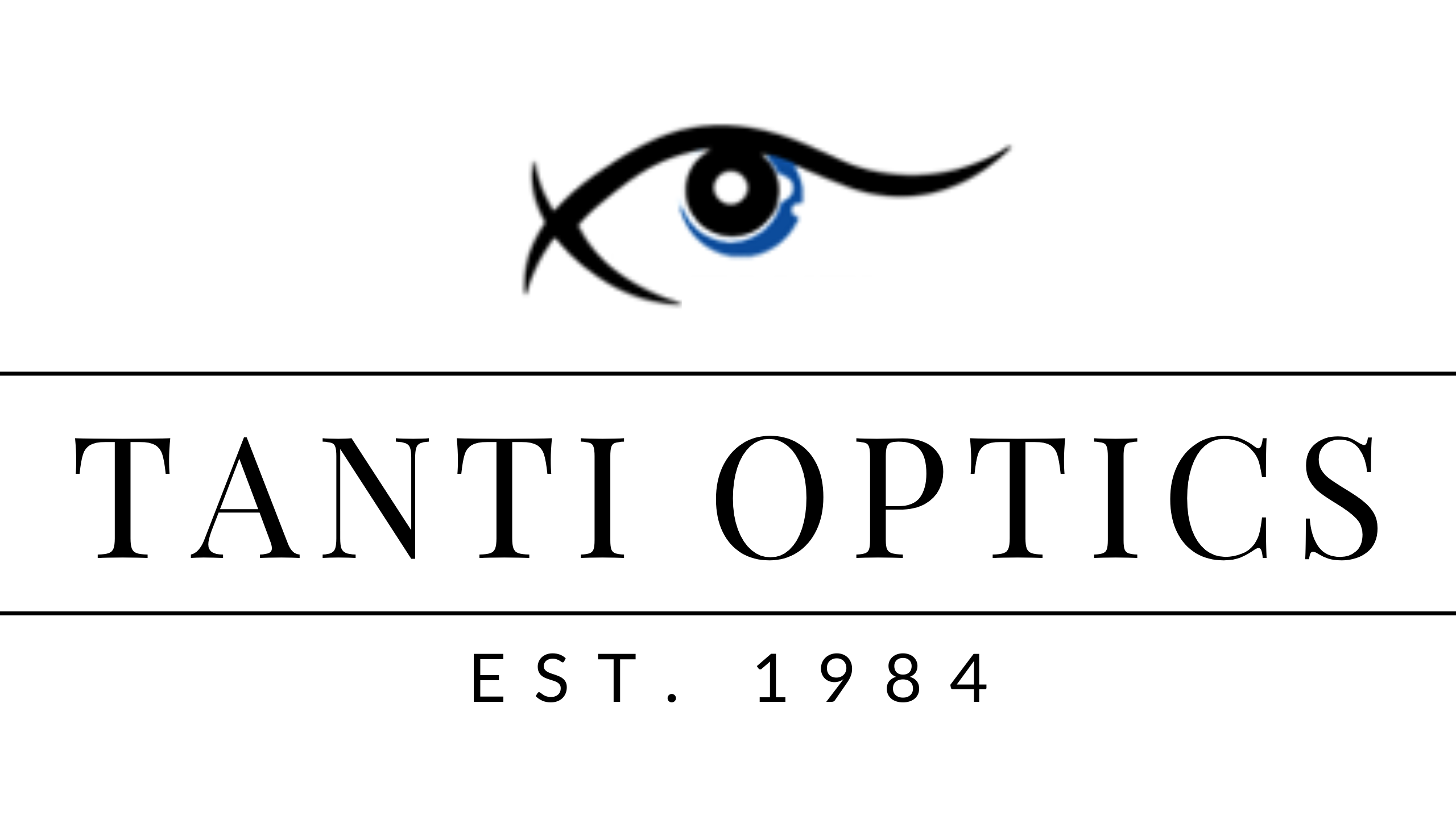No products in the cart.

Blue Light Lenses: Unraveling the Science Behind Them
Abstract:
In recent years, blue light lenses have gained substantial popularity as a potential solution to alleviate the negative effects of prolonged digital screen exposure. These lenses claim to filter out harmful blue light emitted by electronic devices, such as computers, smartphones, and tablets. Proponents argue that wearing blue light lenses can reduce eye strain, improve sleep patterns, and protect against potential retinal damage. However, amidst their rising fame, skepticism remains regarding the validity of these claims. In this comprehensive article, we delve into the science behind blue light lenses, their mechanisms, effectiveness, and potential implications for ocular health and general well-being.
Introduction
With the advent of the digital age, our lives have become increasingly intertwined with electronic devices. This has led to a surge in complaints about digital eye strain and sleep disturbances. As a response to these issues, manufacturers introduced blue light lenses, also known as blue-blocking lenses, claiming to provide relief and protection against blue light exposure.
Blue Light and Its Effects on the Eyes:
Blue light is a high-energy visible (HEV) light with a short wavelength, which is emitted naturally by the sun and artificially by electronic devices. Research suggests that prolonged exposure to blue light may cause digital eye strain, which manifests as symptoms like dry eyes, eye fatigue, headaches, and blurred vision. Furthermore, studies have linked blue light exposure to potential retinal damage, leading to concerns about long-term ocular health.
Understanding Blue Light Lenses:
Blue light lenses are typically eyeglass lenses treated with special coatings designed to filter out or absorb a portion of blue light, particularly in the 400 to 500 nm range. Different manufacturers use various technologies, including blue light-blocking coatings and blue light-filtering materials, to achieve this effect.
Claims and Benefits of Blue Light Lenses:
Proponents of blue light lenses assert several potential benefits, including reduced eye strain, improved visual comfort, enhanced sleep quality, and protection against retinal damage. These claims are largely based on the assumption that filtering blue light will mitigate its adverse effects on ocular and overall health.
The Science Behind Blue Light Lens Effectiveness:
While several studies have explored the effects of blue light exposure, the evidence supporting the efficacy of blue light lenses remains inconclusive. Some studies have reported modest reductions in eye strain and improvements in sleep quality when using blue light lenses, while others have shown no significant difference compared to standard lenses.
Challenges and Controversies:
Critics argue that the benefits of blue light lenses might be overstated, pointing out that the amount of blue light emitted by screens is relatively low compared to natural sunlight. They suggest that addressing digital eye strain and sleep disturbances might be better achieved through adopting healthier screen habits and optimizing ambient lighting.
The Importance of Individual Differences:
One factor that complicates the evaluation of blue light lenses’ effectiveness is the wide variability in individual responses to blue light exposure. Factors such as age, genetics, pre-existing eye conditions, and the duration and intensity of screen use can influence the extent of blue light’s impact on a person’s eyes and sleep patterns.
Beyond Blue Light: Other Factors in Digital Eye Strain:
Blue light is just one aspect of digital eye strain, and other factors like screen brightness, glare, and ergonomic factors play a significant role in eye fatigue and discomfort. Combining blue light lenses with other technologies like anti-glare coatings might yield more comprehensive results.
Conclusion:
In conclusion, blue light lenses have emerged as a promising solution to address the growing concerns surrounding digital eye strain and its potential long-term effects. While some evidence supports their effectiveness in reducing eye strain and improving sleep patterns, more extensive and robust studies are needed to confirm these claims definitively. Furthermore, it is essential to recognize that individual responses may vary, and adopting holistic strategies, including healthier screen habits and proper ergonomics, should be considered alongside the use of blue light lenses for optimal ocular health and well-being. As technology continues to evolve, ongoing research will be critical in refining our understanding of blue light’s impact and the role of blue light lenses in mitigating potential harm.
